Author:Melissa Bryant | TIME:September 30, 2019
Glass has been used since the Stone Age. There is a wide range of evidence for the use of glass in the ancient world, but at the time little was known about the production of glass. There are still some questions about where and when to invent the glass.
The name of the person who discovered the glass was lost in history. No matter who did it and how it happened, there is evidence that ancient glass making dates back to the 14th century BC. In this article, we will tell you about the fact about glass, history of glass and more about ancient glass making.
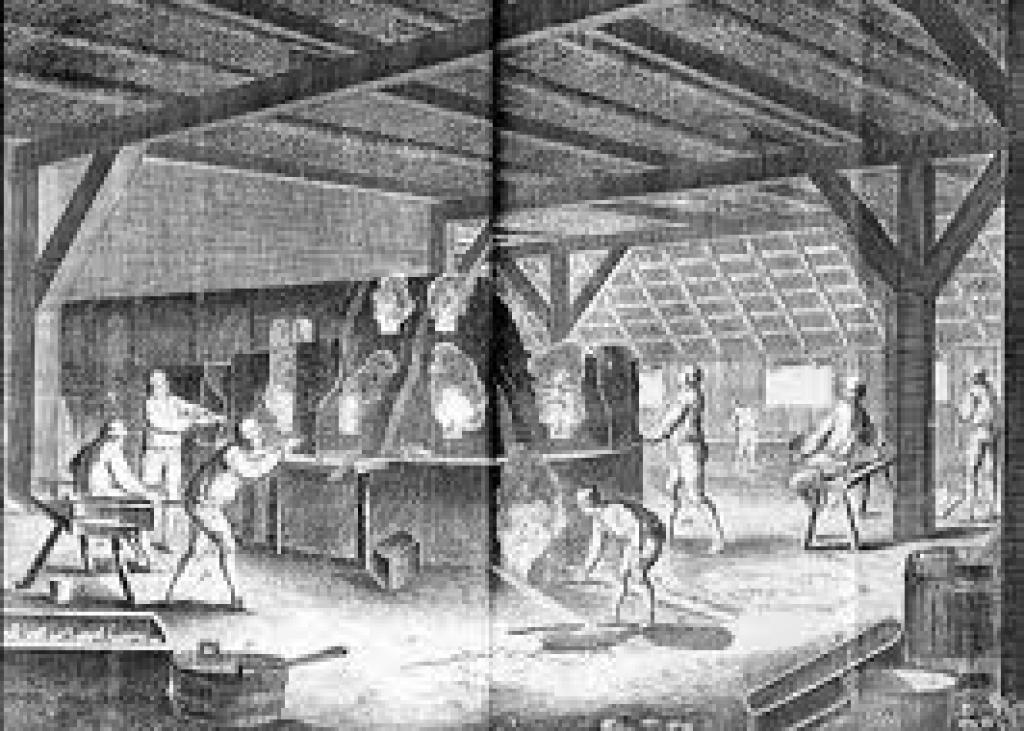
In fact, glass is one of the hardest materials we know. However, from a molecular point of view, glass is a supercooled liquid. What happens is that it is a very viscous material, so its molecular motion is very slow; it is so slow that it takes hundreds of years to flow at room temperature.
After the glass is prepared, it behaves like a liquid at high temperatures. However, when cooled (about 1500 ° C), the viscosity increases so fast that the molecules actually lose translational motion, they move so slowly that they can't find the right direction to form a crystalline solid and keep it An amorphous structure corresponding to a liquid.
Glass is defined as an inorganic product that has cooled to a rigid state without crystallization. Since the origin of mankind, this material has been associated with people and plays a dual role. On the one hand, it has become a useful means of promoting different social progress; On the other hand, as a decorative motive, human expression his own art and creation.
Many ancient writers wrote articles about glass. For example, Pliny the Elder (23-79 AD) stated in his Natural History that the discovery of this material occurred in Syria when a businessman from Natron might be heading to Egypt to prepare food next to the Belus river. Phoenician.
When they couldn't find the stone in the pot, they put the Natron they carried with them in the cargo. The next morning, they saw how the stones melted and their reaction with the sand produced a bright glassy Material, similar to artificial stone. In short, this is the origin of glass and ancient glass making.
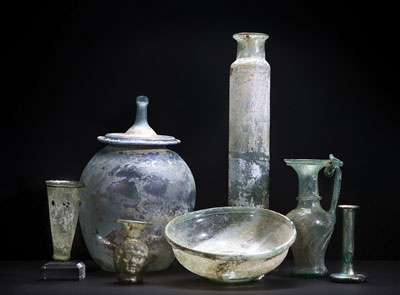
But the fact is that this material has long been known and may have been invented in many places. Because in Asia, the traces of glass that can be found in Mesopotamia and ancient Egypt can be traced back to about AD.
For the first 5,000 years, it seems to be nothing more than other enamels used to decorate ceramic objects. The first batch of articles made entirely of glass was traced back to 2100 BC when the technology used was similar to ceramics: molding.
Egyptians most encourage the use of glass as a decorative and household material to preserve and store certain products. Prior to the Middle Ages, the use of glass has been enjoyed by a small number of people who kept the composition and manufacture of glass secret.
Glass has become a luxury, not only for decoration but also for the preservation, transportation, and storage of food, medicines, oils, etc. In fact, during this period, the trade of glass manufacturers was the only trade that French aristocrats could surrender.
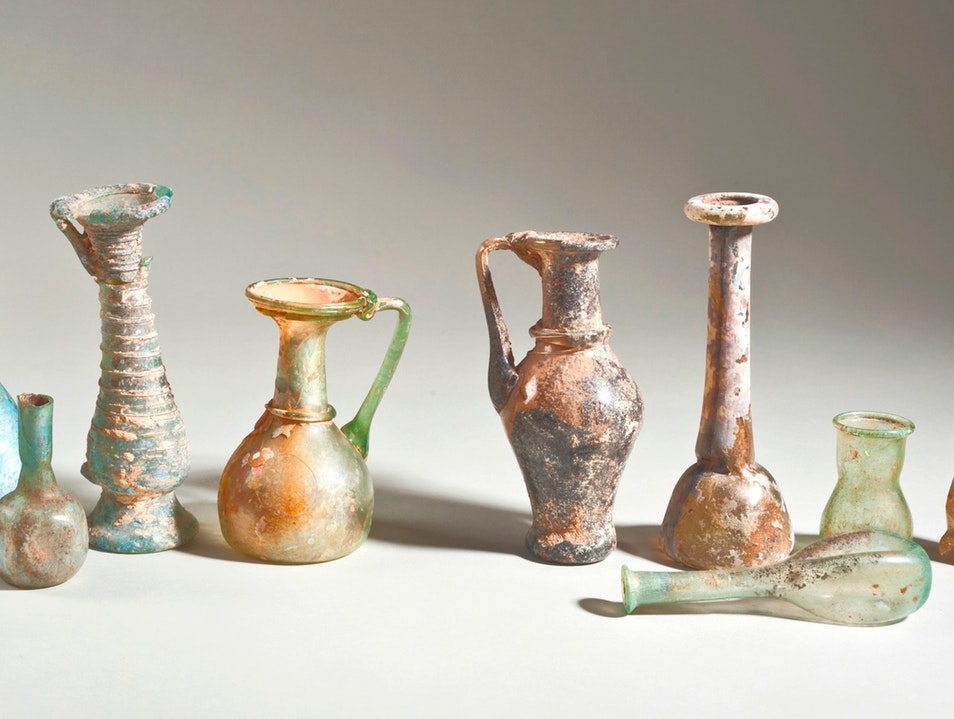
As a glass container, it is the oldest and most widely used material for storing its products due to its unique quality and its combination with ceramics. Therefore, since the beginning of civilization, it has been used as a container for wine, oil, perfume, and medicine, but it has been widely used since the 17th century, mainly due to cork, which makes it one of the main plugs because of quality, tightness.
A century and a half later, in 1790, the French government announced that it would be the first prize for those who discovered a practical way of preserving food as a diet for Napoleon soldiers and dates throughout the war in Europe. The researchers proposed a solution: he observed that some of the food packed in glass jars, sealed and subsequently heated, retaining their full characteristics, unchanged, and can be stored indefinitely. The food industry was born at that time.
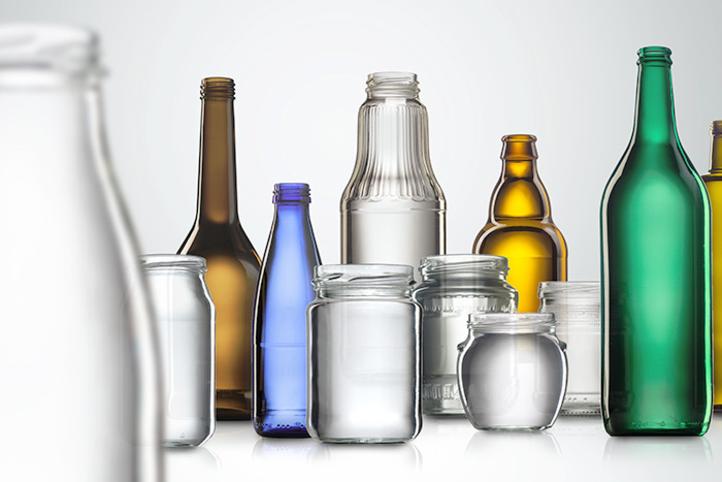
Until the twentieth century, the manufacture of glass containers was done by hand. In the first few years of 1900, after extensive investigations, the first machines for the automatic manufacture and mass production of glass containers were manufactured. A few years later, in 1925, the "independent part" machine was introduced. The machine had four parts, followed by five and six. Currently, there are 20 parts of the machine that can produce 800,000 bottles and cans a day.
The main components currently involved in the manufacture of glass containers come from nature. They are high-quality raw materials that bring containers to life and add to all the distinctive features that make up containers.
They are highly prevalent in nature and are easy to extract, ensuring minimal ecological impact. In addition, the technical processes applied in the manufacture of glass containers have led to a continuous reduction in the extraction of raw materials.
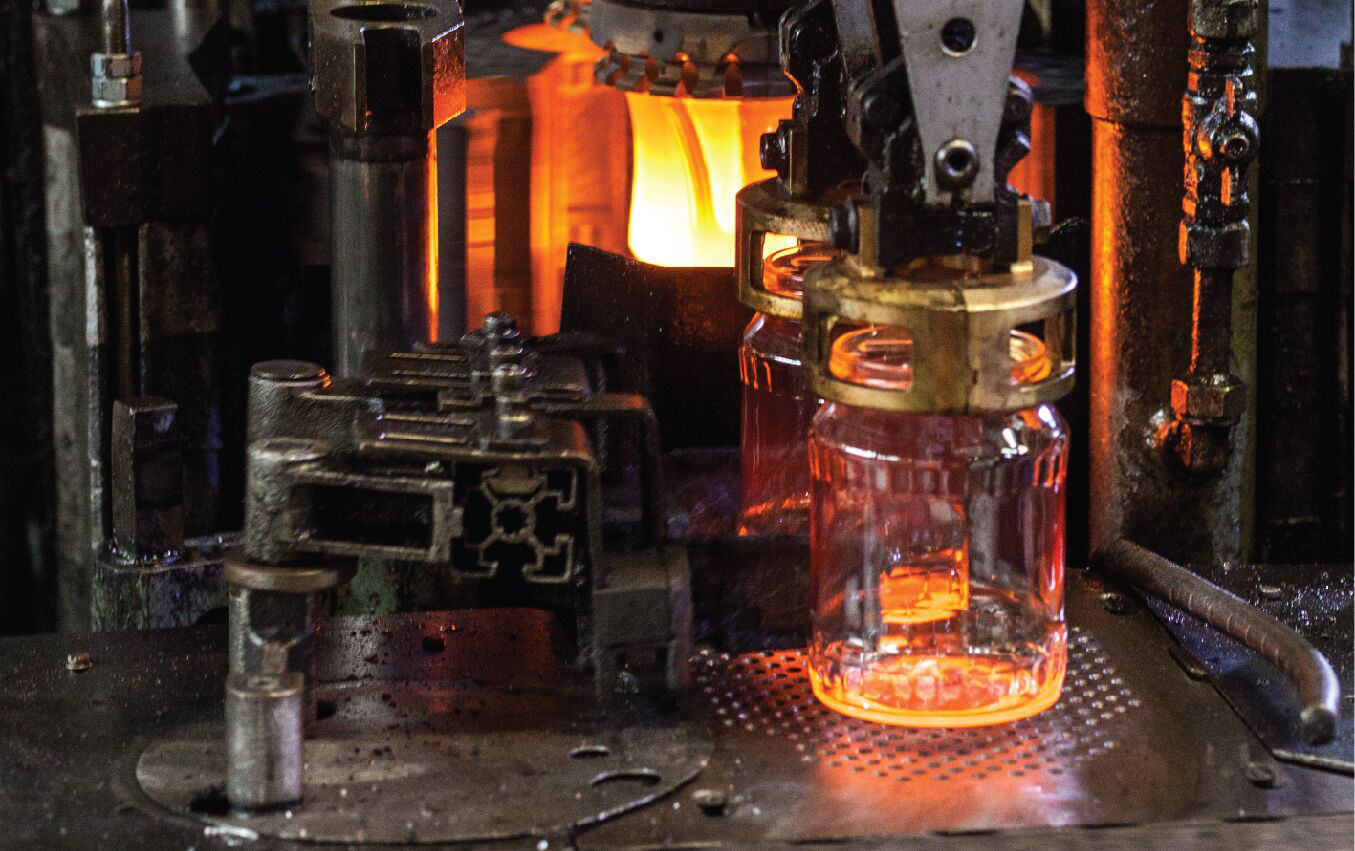
The reason for the reduction is due to the glass casing, which is gradually used to make containers. The fact that glass containers can be 100% recycled - overall recycling - allows no waste generation - recycling containers, newly manufactured containers - and helps to improve and protect the environment.
Today, glass and all forms of glass are found in almost every building, house and room in the world. Originally made in the ancient world, glass is still a reliable, strong and extremely useful material for everyday life. Review the development of the ancient glass making and know more facts about the glass from this article.